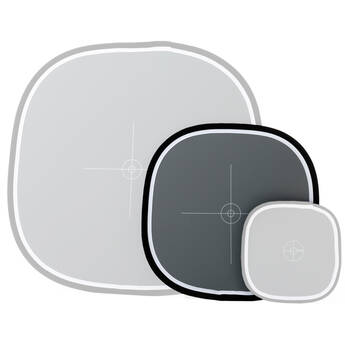Asher Kelman
OPF Owner/Editor-in-Chief
It's hard to imagine that there would be consistency of the a* and b* values at different values of L*.[/quote]I prefer to use Lab so my color is much less dependend on the Luminocity value. Then it's quite easy, caucasian skin has a a* value of about 13, and a b* value of about 17 (a bit more yellow than red, one could say). Dark skin is a little redder, asian skin a little more yellow...
So now lets say these figures are indeed valid.
Hi, Joey,
It's hard to imagine that there would be consistency of the a* and b* values at different values of L*.
For example, these two colors have the same chromaticity:
L*a*b* 75,13,17
L*a*b* 56,10,13
This is of course because the L*a*b* space is a "luma-chroma" space; in fact, for the same chromaticity, a* and b* scale directly with L*.
Typically true if we are speaking of the L*a*b* coordinates of the reflective color of the skin.
But of course the L* value of a patch of skin in an image is hardly constant (unless we always use a "zone-system" approach to exposure and all instances of the skin are under the same illumination (no shadowing, for example).
Best regards,
Doug
So can we just work on rations of a/b being 0.76?
If that's true, we just need to adjust color of skin to that ratio. How then do we calculate the L* value if we know the a* and b* values and want an a/b ratio of 0.76 in a shadow? Can we insert each value separately. I'm concerned about entering the values for a color in L*a*b* as altering one of the existing components will alter the remaining two. Surely we'd want to maintain L* but just alter both a* and b* values. Can we do that in Photoshop.
Asher


